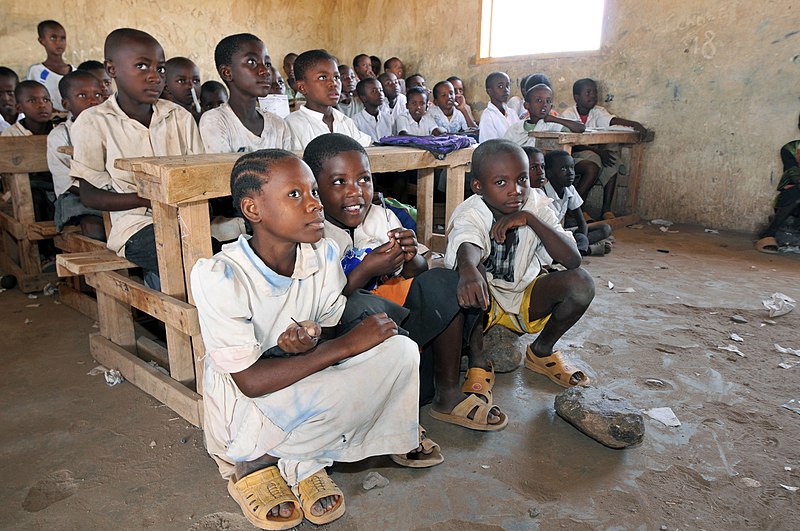Kenya Connect Aims to Improve Education in Kenya

Volunteers in the U.S. state of Maryland and people in Kenya, both from the nonprofit called Kenya Connect, are creating change in rural education systems in Kenya. Kenya Connect works to provide enriching, sustainable education in Kenya to promote economic advancement and systemic improvement.
Poverty and Education in Kenya
About 35% of the population of Kenya lives under the international poverty line of $1.90 a day, according to World Bank data from 2019. Conditions have worsened for many during the COVID-19 pandemic.
Although Kenya notes progress in lessening poverty in the nation, droughts, foreign conflict and overpopulation hinder the lives and livelihoods of many, with disproportionate impacts on women and children. These issues have caused the displacement of an increasing number of families, pushing them to move to informal settlements where quality health care and education are often scarce.
About 45% of children face deprivation in “more than three basic rights,” according to a 2017 report. Furthermore, according to an Out-of-School Children Initiative study that occurred in Kenya in 2020, more than 1 million primary school-age Kenyan children do not attend school. In 2015, girls made up about 55% of the more than 1.2 million Kenyan children out of school.
Kenya Connect
Kenya Connect began as a Pen Pal program that Tim Gregory, from Maryland, and James Musyoka, from Kenya, started. Since its founding in 2002, the organization has expanded to include multiple programs and structures with a mission to help create an independent, sustainable education system in rural Kenya.
Kenya Connect focuses on working with local Kenyan leaders and community members to break down barriers to education in Kenya and reinforce systemic improvements. The goal is to help rural communities become economically independent and able to expand their own change. This includes limiting the purchases of program services and goods to local businesses.
Health and Education Programs
Kenya Connect provides multiple different programs and resources for “17,000 students and 500 teachers at 44 primary and 11 secondary schools in the Mwala subcounty of Machakos.”
In 2012, the organization built a Learning Resource Center (LRC) that runs on solar power and includes an internet connection and a lending library. Community members built the LRC using locally sourced supplies.
In terms of improving health, Kenya Connect has installed water tanks and handwashing stations while conducting workshops to improve the health and hygiene knowledge of locals. The organization also implemented a deworming initiative and a “reusable sanitary pad pilot program” to combat period poverty in Kenya and keep menstruating girls in school. Kenya Connect believes that good health is essential to quality education. The healthier children are, the more likely they are to consistently attend school and continue to stay in school.
In 2017, Kenya Connect purchased its “Magic School Bus,” which the program uses as a bookmobile and a way for children in more remote areas to travel to school. The program’s resources provide children in rural areas with education programs that they otherwise cannot access.
Kenya Connect’s Other Actions and Initiatives
- Adding 30 computers in the LRC.
- A liquid soap-making program to bolster hygiene.
- Upper-level STEAM courses (Science, Technology, Engineering, Art and Math).
- A library card program to improve literacy.
- Workshops for teachers to learn how to utilize technology and practice effective teaching methods.
- A Pen Pal program to connect Kenyan students with other students around the world.
- Leadership programs in secondary schools.
- Workshops for parents to learn “how to support children for educational success.”
Kenya Connect has made significant advancements in education for people in rural Kenya. The organization plans to continue its efforts to improve the quality of education and connect rural Kenyans with their surrounding communities and the world.
– Melissa Hood
Photo: Wikipedia Commons
